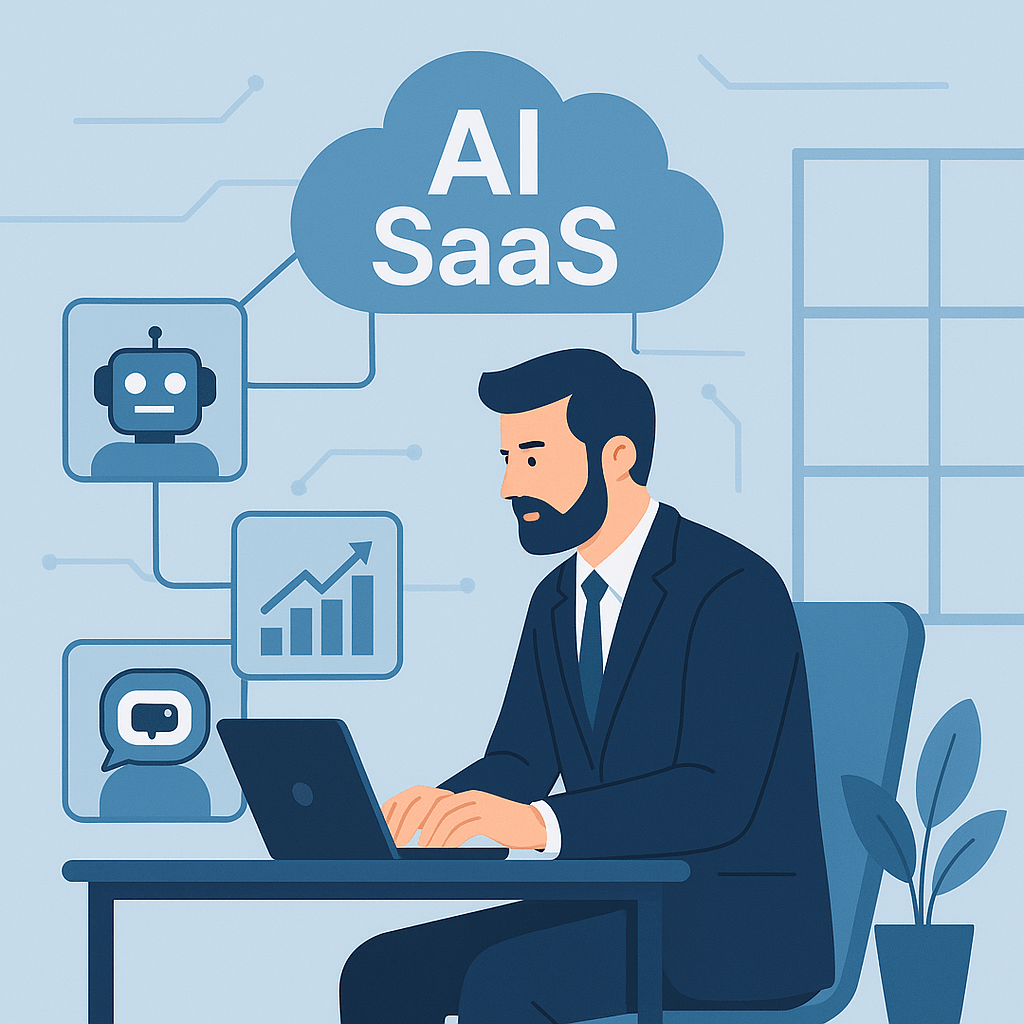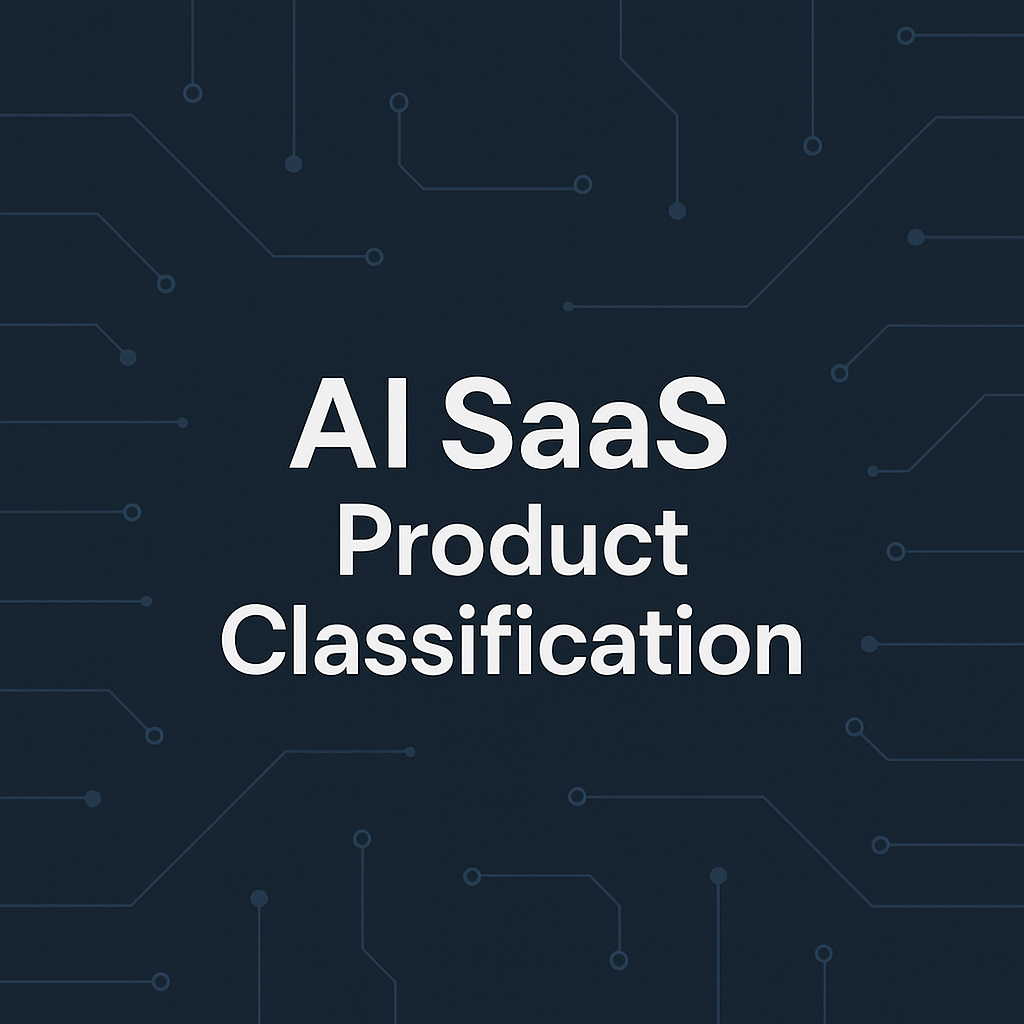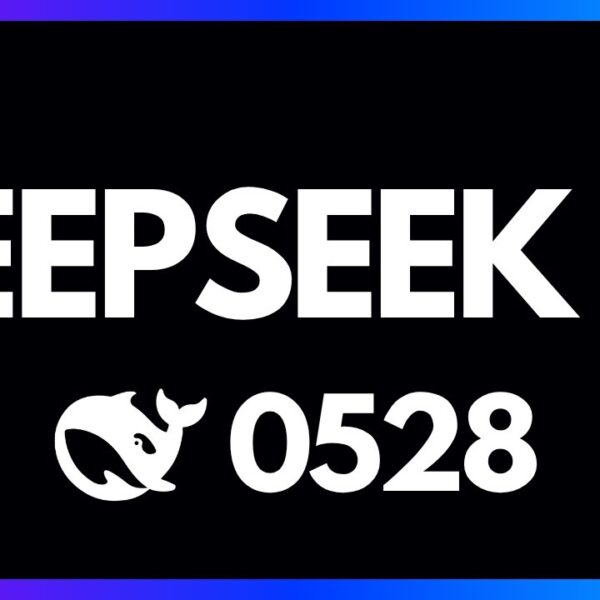Guide to AI SaaS Product Classification Criteria
This guide explains AI SaaS product classification criteria in 2025 — what they are, why they matter, and how to apply them in practice. You’ll find a step-by-step framework for categorizing AI SaaS solutions, along with tips, pitfalls to avoid, and expert insights.
Table of Contents
Why AI SaaS Product Classification Criteria Matter
Core Classification Dimensions
Step-by-Step Classification Plan
What is AI SaaS?
AI SaaS (Artificial Intelligence Software-as-a-Service) is a cloud-based software model where artificial intelligence capabilities are delivered to users via subscription or usage-based access. Instead of installing complex AI systems locally, businesses and individuals use these tools online — from AI-driven chatbots to predictive analytics platforms. This approach offers scalability, lower upfront costs, and quick deployment. In 2025, AI SaaS is no longer limited to niche applications. It powers marketing automation, healthcare diagnostics, financial risk assessment, supply chain optimization, and more. The rapid adoption of AI SaaS has created a need for clear, standardized classification criteria, so that stakeholders can quickly understand what a product does, how it works, and whether it meets specific requirements.

Why AI SaaS Product Classification Criteria Matter
In today’s crowded market, knowing how to classify an AI SaaS product is crucial for product managers, tech buyers, and investors. Classification helps:
- Compare functionality and identify the right solution for a task
- Align a product with target industries and use cases
- Assess compliance, scalability, and pricing models
Understanding the classification process saves time and improves decision-making across the product lifecycle.
Expert Insight
For a broader perspective on the future of SaaS and how AI is reshaping it, watch this short interview with Satya Nadella, CEO of Microsoft: Satya Nadella on the Future of SaaS and AI Agents. In it, he shares how AI agents will operate across multiple SaaS applications, orchestrating tasks by calling APIs and fine-tuning models — a shift that could redefine classification methods in the coming years.
Core Classification Dimensions
When working with AI SaaS products, classification criteria typically include:
- Use Case & Domain Application – Identify the specific industry or problem the tool addresses, such as marketing, legal, healthcare, or finance.
- AI Technique & Automation Depth – Define whether it uses NLP, computer vision, recommendation algorithms, or other AI methods, and to what extent it automates workflows.
- Integration & Deployment Model – Determine if it’s standalone SaaS, API-first, or integrated into other platforms.
- Data & Compliance Scope – Note what data is processed and whether it meets standards like GDPR, HIPAA, or the EU AI Act.
- Pricing & Licensing Structure – Clarify whether it’s per-user, usage-based, tiered, or enterprise-licensed.
Step-by-Step Classification Plan
- Define the target audience and problem solved.
- Identify the underlying AI capabilities from product documentation.
- Evaluate the automation level — assistive, semi-autonomous, or fully autonomous.
- Map integrations and deployment options.
- Check data handling methods and compliance certifications.
- Assess the pricing model.
- Create a classification matrix to standardize your findings.
Conclusion
Mastering AI SaaS product classification criteria helps organizations better evaluate, compare, and select AI-powered tools. By following a clear, repeatable framework that covers use case, AI methods, automation level, integration, compliance, and pricing, you can ensure your classification process is accurate and adaptable. In the evolving 2025 landscape, this skill is not just useful — it’s essential for making informed, future-ready technology decisions.





